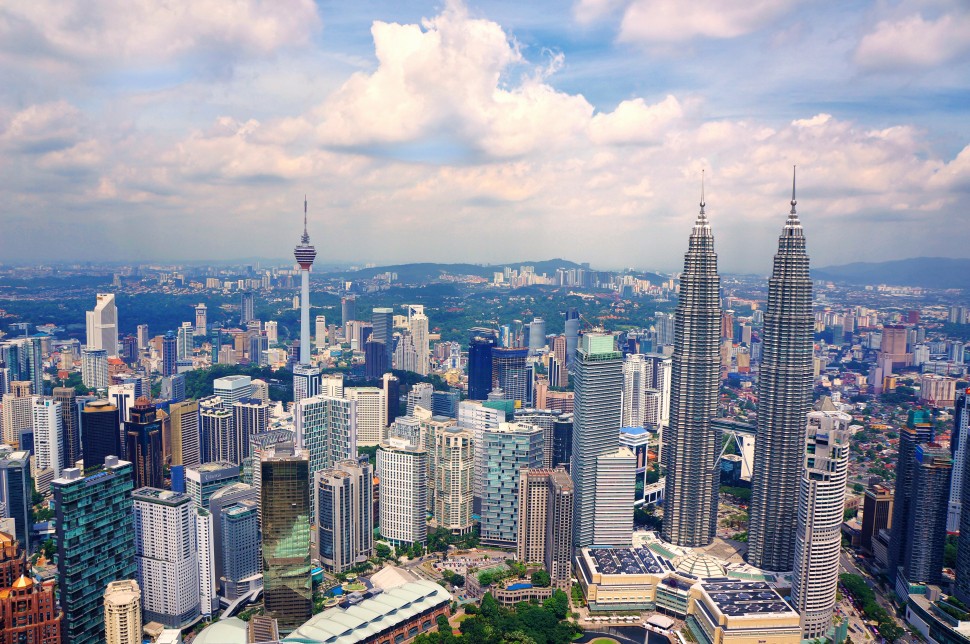The term skyscraper became popular in the late 19th century as a result of public amazement at the tall buildings being built in Chicago and New York City. Today, skyscrapers are an increasingly common sight in large cities because they provide a favorable ratio of rentable floor space per unit area of land. But they are built not just for economy of space. Like temples and towers of the past, skyscrapers are considered symbols of a city’s economic power. Not only do they define the skyline, they help to define the city’s identity.
10. Gherkin
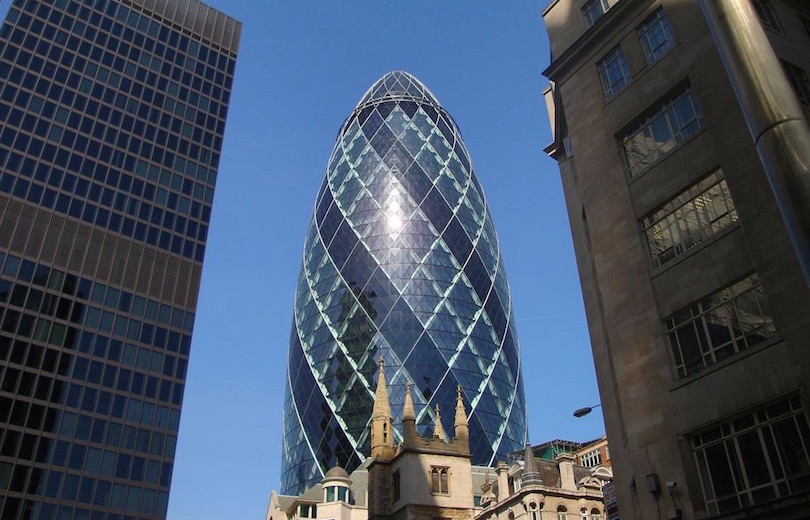
30 St Mary Axe, also known as the Gherkin is a skyscraper in London‘s main financial district, completed in December 2003. It is 180 meters (591 ft) tall, with 40 floors. Its construction symbolized the start of a new high-rise construction boom in London. The gherkin name refers to the highly unorthodox layout and appearance of the building. The building uses energy-saving methods which allow it to use half the power a similar tower would typically consume. The primary occupant of the building is Swiss Re, a global reinsurance company.
9. Bank of China Tower
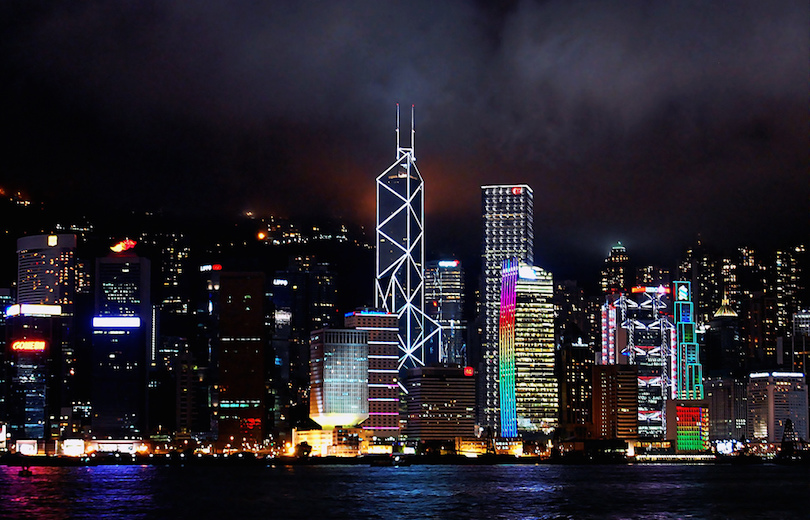
The Bank of China Tower is one of the most recognizable skyscrapers in Hong Kong. At 305.0 meters (1,000.7 ft) it was the tallest building in Hong Kong and Asia from 1989 to 1992. The structural expressionism adopted in the design of this building resembles growing bamboo shoots, symbolizing livelihood and prosperity. The building has been criticized by some practitioners of Feng Shui for its sharp edges and its negative symbolism by the numerous ‘X’ shapes in its original design. A small observation deck on the 43rd floor of the building is open to the public.
8. Sears Tower
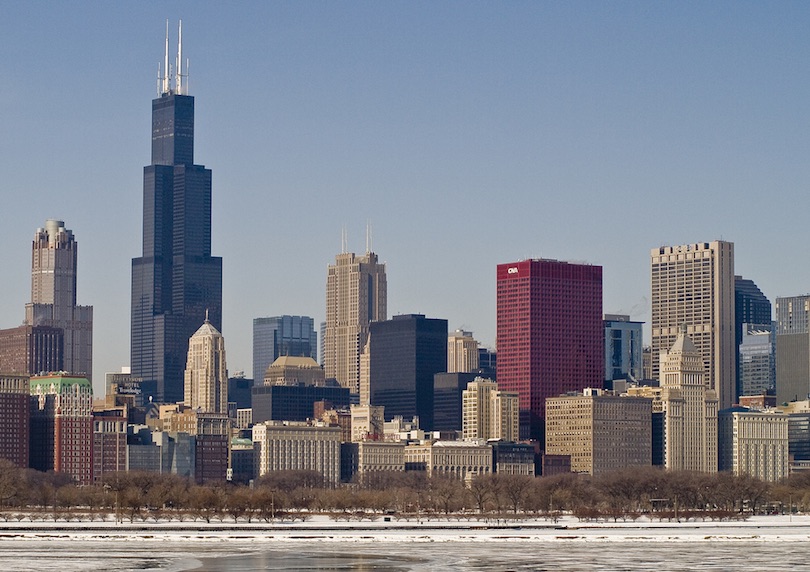
Sears Tower, is a 108-story 442 meters (1,450 ft) skyscraper in Chicago. At the time of its completion in 1973 it was the tallest building in the world, surpassing the WTC towers in New York. The observation deck is located on the 103rd floor of the tower and is one of the most famous tourist attractions in Chicago. Tourists can experience how the building sways on a windy day. They can see far over the plains of Illinois and across Lake Michigan on a clear day. It takes about 60 seconds to go to the top in either of two elevators. Sears Tower was renamed Willis Tower on July 16, 2009.
7. Shanghai World Financial Center
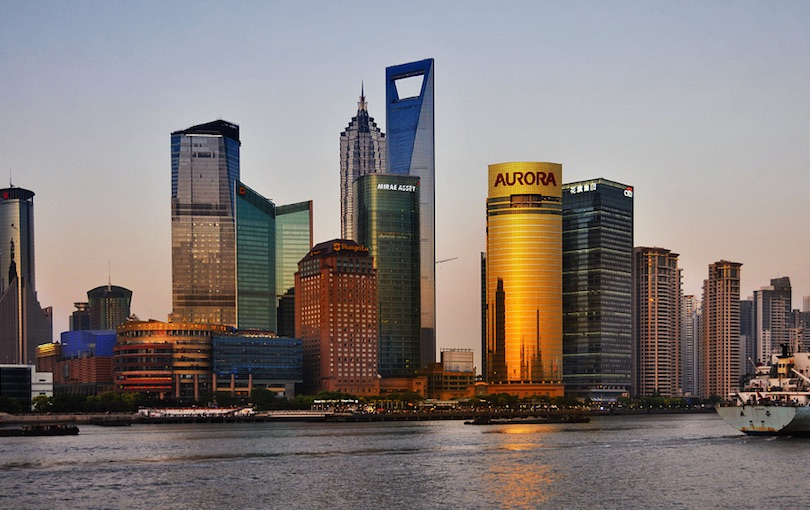
Located in Pudong, Shanghai, the Shanghai World Financial Center is a mixed use skyscraper which consists of offices, hotels, conference rooms, observation decks, and shopping malls. The Park Hyatt Shanghai Hotel contains 174 rooms and suites. In 2007 the skyscraper was topped out at 492 meters (1,614.2 ft) and became the tallest structure in the China, including Hong Kong. The most distinctive feature in the design of the building is the hole at the top. The original circular design received protests from some Chinese who considered it too similar to the rising sun of the Japanese flag. An alternative design replaced the circle with a trapezoidal hole, which, according to some, makes the building look like a giant bottle opener.
6. Taipei 101
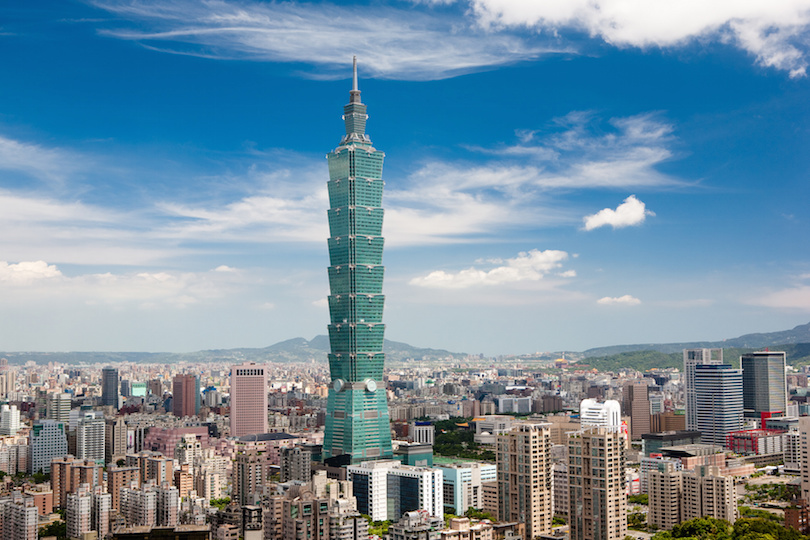
At 508.0 meters (1,667 ft) the Taipei 101 was the world’s tallest skyscraper until 2007, when it was overtaken in height by the Burj Dubai. Taipei 101 is designed to withstand the typhoon winds and earthquake tremors common in Taipei and Taiwan. The height of 101 floors commemorates the renewal of time; the new century that arrived as the tower was built (100+1) and all the new years that follow (January 1 = 1-01). The tower features a series of eight segments of eight floors each. In Chinese-speaking cultures the number eight is associated with abundance, prosperity and good fortune.
5. Chrysler Building
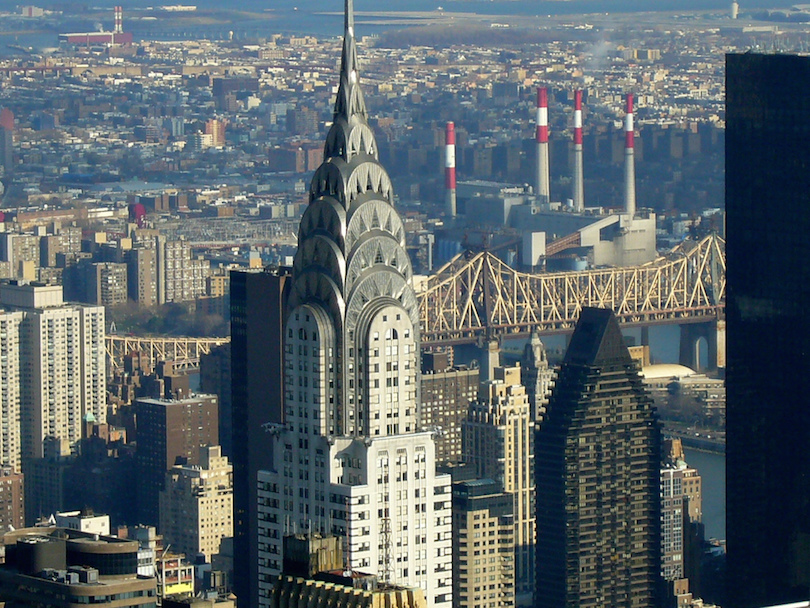
The Chrysler Building is an Art Deco skyscraper in New York City, located on the east side of Manhattan. Standing at 319 meters (1,047 ft), it was the world’s tallest building for 11 months before it was surpassed by the Empire State Building in 1931. At the time of its construction there was an intense competition in New York to build the world’s tallest skyscraper. Despite a frantic pace (the building was built at an average rate of 4 floors per week), no workers died during the construction of this skyscraper. The Chrysler Building is a classic example of Art Deco architecture and considered by many contemporary architects to be one of the finest buildings in New York City.
4. Burj Dubai
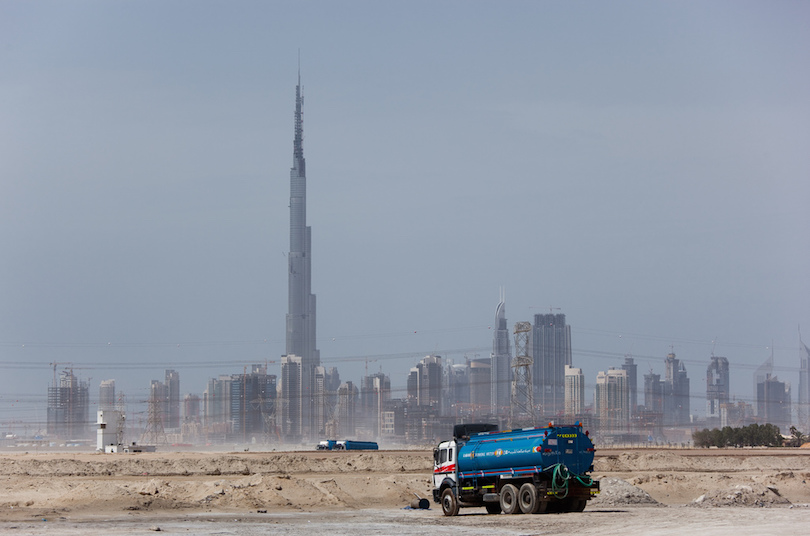
Already the world’s tallest structure and still growing taller every day, the Burj Dubai is one landmark in Dubai you cannot possibly miss seeing. After completion at the end of this year it will stand at 818 meters (2,684 ft). An Armani Hotel will occupy the lower 37 floors. Floors 45 through 108 will have 700 private apartments on 64 floors. An outdoor swimming pool will be located on the 78th floor of the tower. Corporate offices and suites will fill most of the remaining floors, except for a 123rd floor lobby and 124th floor observation deck.
3. Petronas Twin Towers

The Petronas Twin Towers in Kuala Lumpur were the world’s tallest buildings before being surpassed in 2004 by Taipei 101. However, the towers are still the tallest twin buildings in the world. The 88-floor towers are constructed largely of reinforced concrete, with a steel and glass facade designed to resemble motifs found in Islamic art, a reflection of Malaysia’s Muslim religion. The towers feature a sky bridge between the two towers on the 41st and 42nd floors. It is not directly bolted to the main structure, but is instead designed to slide in and out of the towers to prevent it from breaking during high winds. The sky bridge also acts as a safety device, so that in the event of an emergency in one tower, people can evacuate by crossing the sky bridge to the other tower.
2. Burj Al Arab
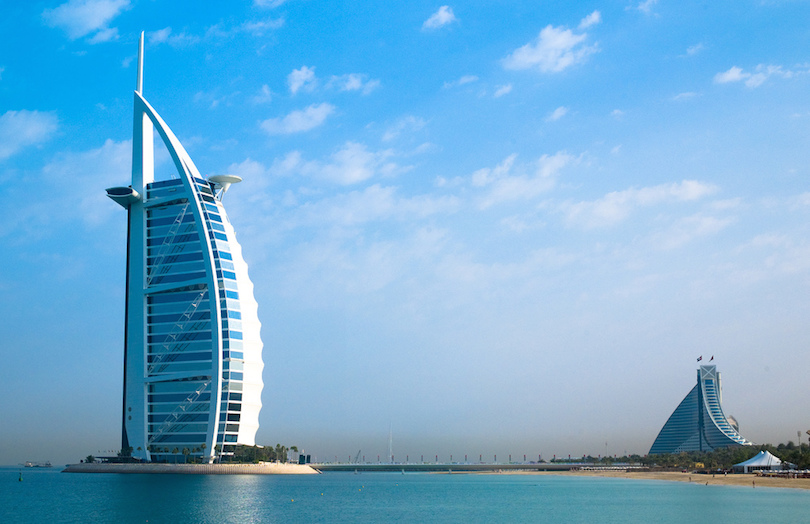
At 321 meters (1,050 ft), the Burj Al Arab is the second tallest building in the world used exclusively as a hotel. However, the Ryugyong Hotel in Pyongyang North Korea (unfinished for over 20 years), is 9 meters (30 ft) taller, and the Rose Tower, also in Dubai, topped Burj Al Arab’s height at 333 meters (1,090 ft), becoming the world’s tallest hotel. One of its restaurants is located 200 meters (660 ft) above the Persian Gulf, offering spectacular views of Dubai. The Burj Al Arab stands on an artificial island and is connected to the mainland by a private curving bridge. It is an iconic tower, designed to symbolize Dubai’s urban transformation and to mimic the sail of a boat.
1. Empire State Building
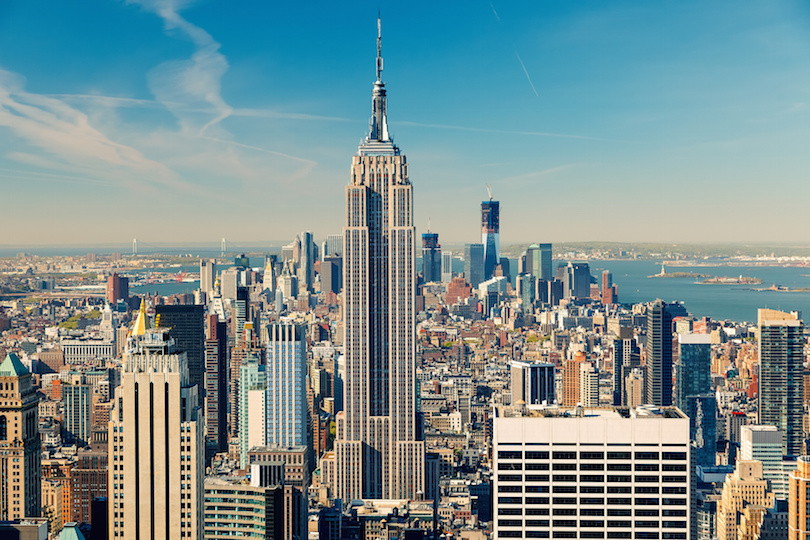
Although no longer the tallest skyscraper in the world, the Empire State Building is still the most famous one and is featured in many movies, including the classic King Kong. For over 40 years it stood as the world’s tallest building until it was eclipsed by the WTC towers in 1972. The building’s opening in 1931 coincided with the Great Depression, and as a result much of its office space went unrented. The building would not become profitable until 1950. The Empire State Building has one of the most popular outdoor observatories in the world offering impressive 360-degree views of New York City.

